6G Standardization: A Basic Consensus Reached on Adopting a Single-architecture SA (Standalone) Mode.
November 05, 2025
As the development of 6G standards progresses, system architecture decisions that will determine the long-term direction of 6G development will be made in a relatively short period of time. Gabriel Brown, Senior Principal Analyst at Omdia, points out that the challenge lies in designing a system that can continuously evolve to meet the advanced, large-scale service demands of 2040, while ensuring that its initial deployment is economically viable within the current business model. 3GPP Points the Way for a "Single Architecture" for 6G 6G will adopt a standalone (SA) architecture from the outset, based on a single architecture. This was the clear message conveyed by the mobile network ecosystem when it launched 6G research in 3GPP Release 20. There is a near-universal agreement in the industry that 6G requires a simpler architecture with fewer options than 5G, and a faster path to large-scale commercialization. These views were widely discussed at the 3GPP Technical Steering Group 6G plenary meeting in March and are reflected in the agendas of two research projects approved in June: "6G System Architecture Study" and "6G Radio Study" (also known as 6GR). In practical scenarios, a 6G SA architecture will likely mean that the 6G RAN will be deployed in shared 5G spectrum and new 6G spectrum (such as upper mid-bands or the FR3 "golden band"), connected to the 6G core network. The goal of this architecture is to achieve a fast and cost-effective migration to 6G SA. MRSS + New 6G Radio Equipment + New 6G Core Network The proposed 6G SA architecture relies on Multi-RAT Spectrum Sharing (MRSS). MRSS utilizes a forward-compatible “simplified carrier” 5G physical layer to provide a low-overhead 5G/6G sharing mechanism, avoiding the severe interference problems encountered in 4G/5G Dynamic Spectrum Sharing (DSS). MRSS will play a key role in the early and mid-stages of 6G deployment. Shared low- and mid-band spectrum will provide the basic coverage layer for 6G. This model is investment-friendly because it allows 6G to reuse existing 5G radio equipment and antennas. In its simplest form, this architecture requires only baseband upgrades (potentially just software upgrades), a core network (evolved from the 5G core network), and compatible equipment. However, to meet capacity and performance requirements, 6G will also require new spectrum, necessitating the deployment of new radio equipment on both sides of the air interface—mobile devices and the RAN. The basic concept is shown in Figure 1 below: As the user base migrates to 6G, 6G will occupy a larger share of available spectrum, while the importance of MRSS will decrease accordingly. The industry has strongly supported the MRSS + 6G core network architecture. However, the complexity and combinations of various carrier aggregation scenarios are still undetermined, and there are still some uncertainties regarding how MRSS will operate in practical applications. Furthermore, i...
Read More


 français
français русский
русский español
español العربية
العربية
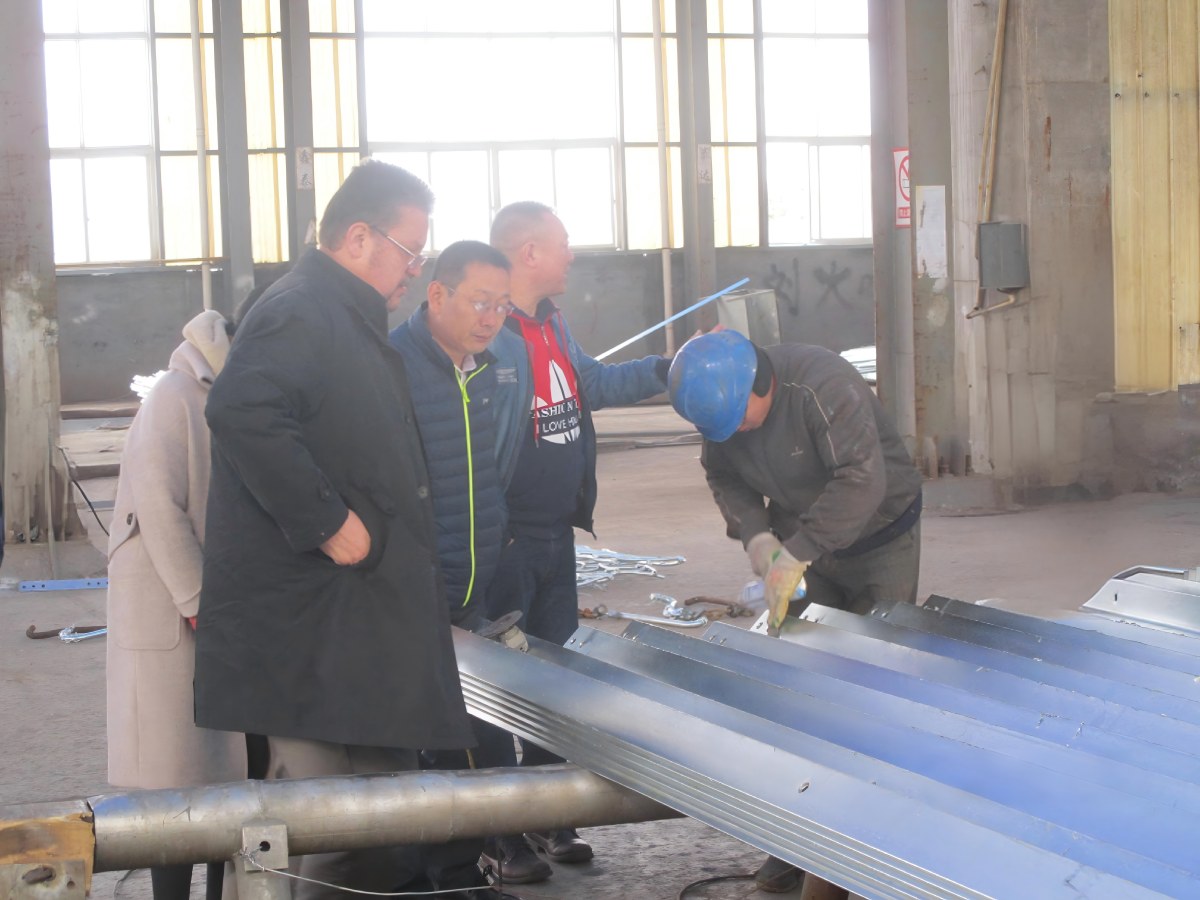



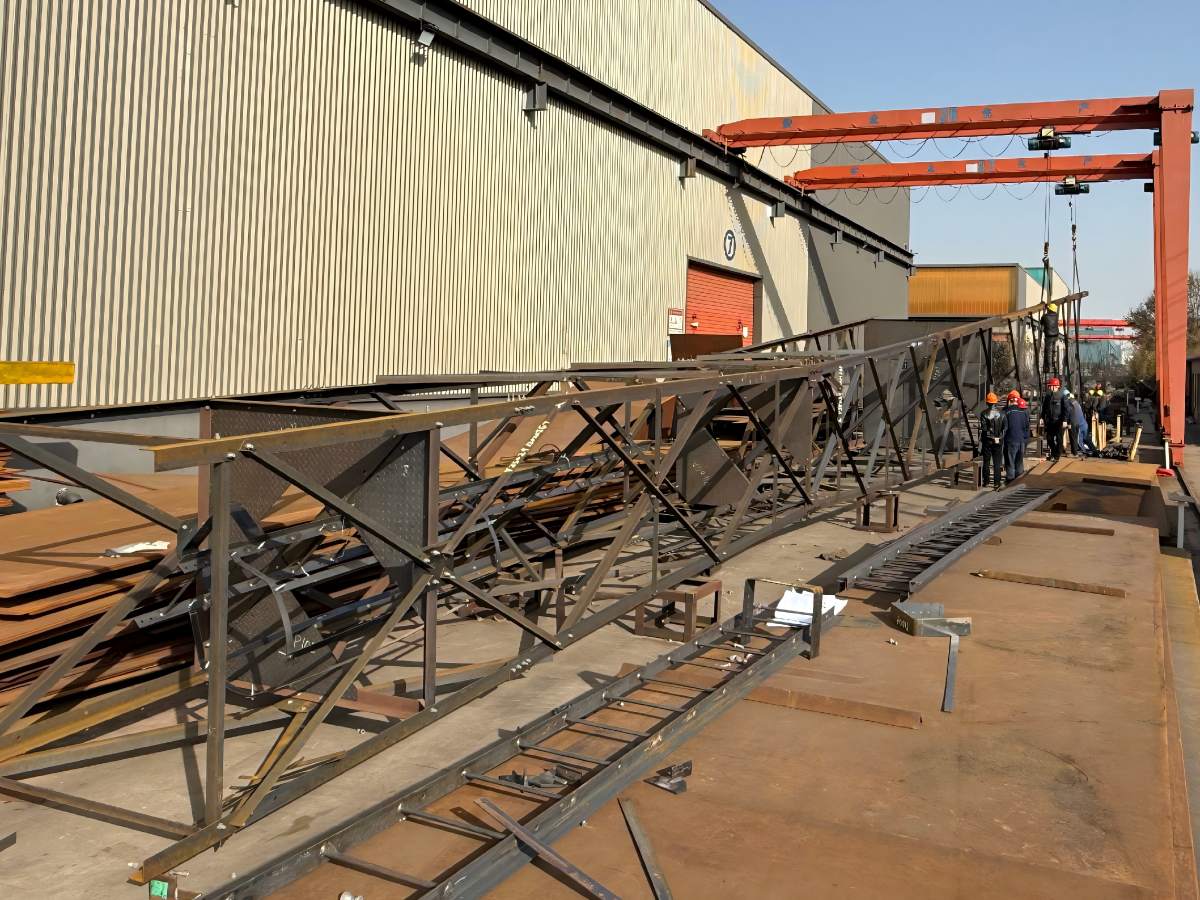
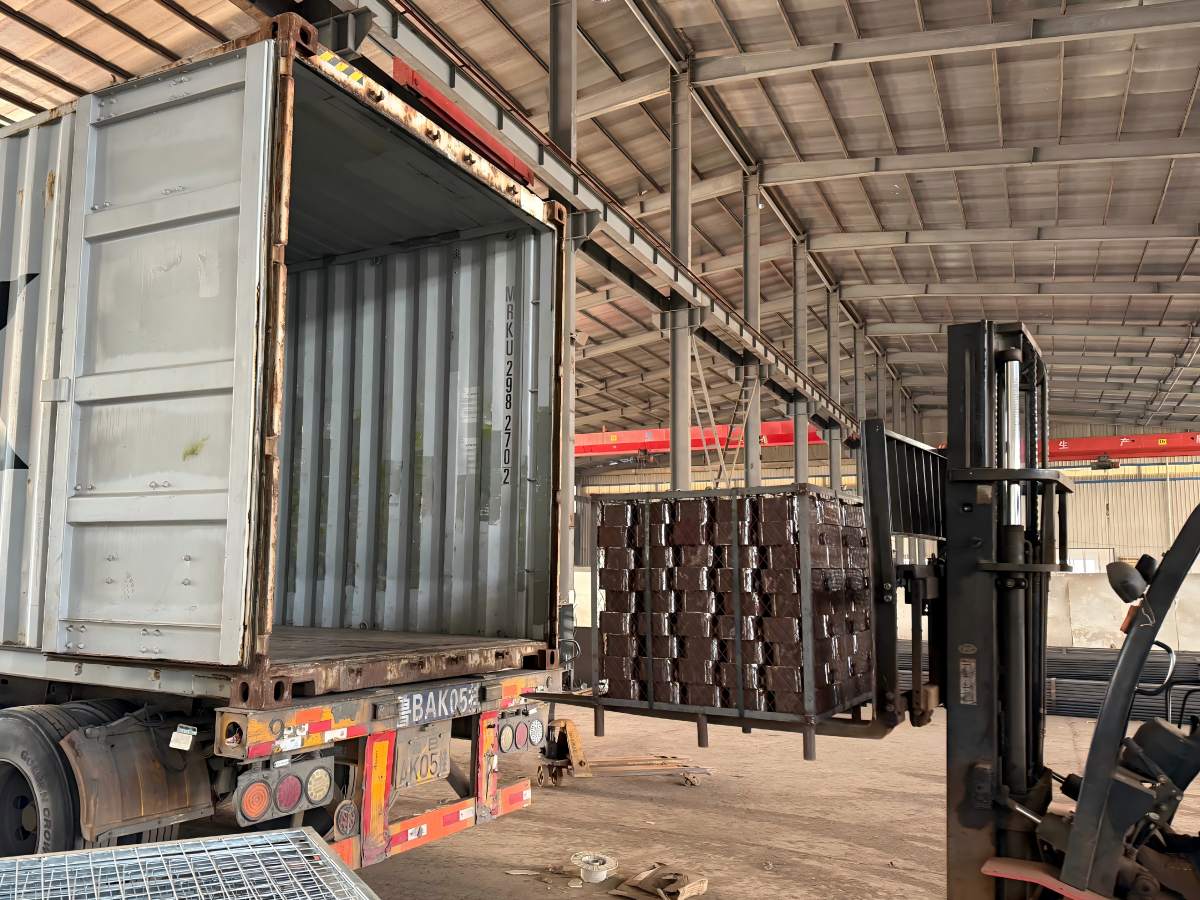

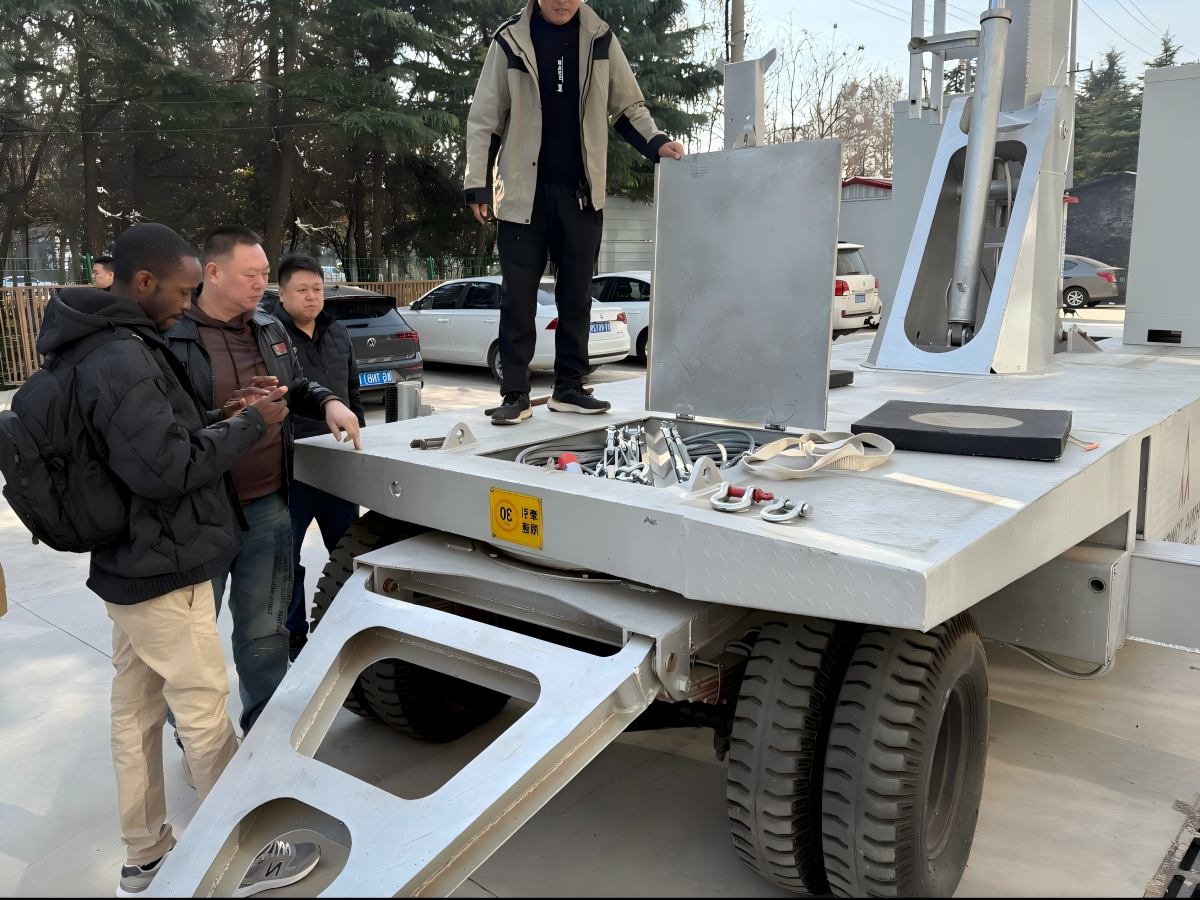

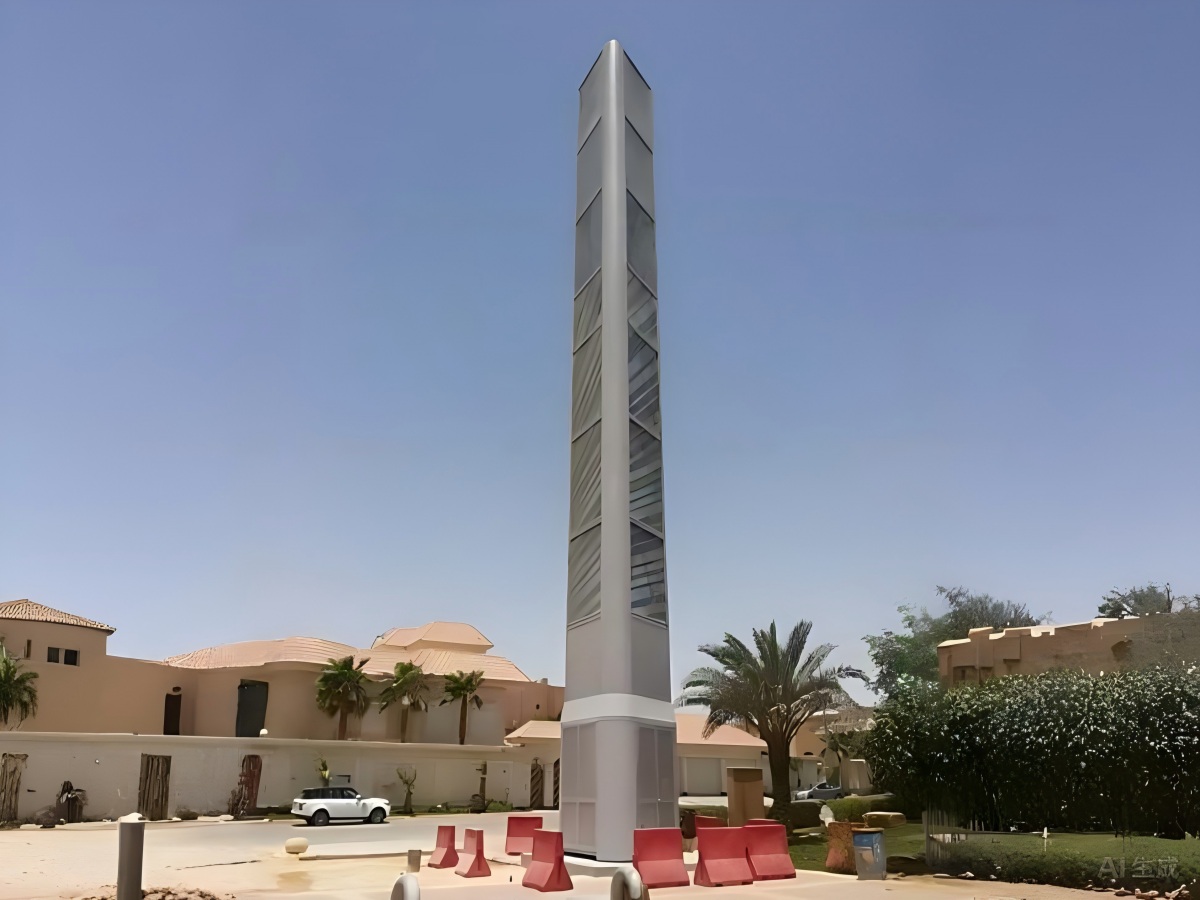










 IPv6 network supported
IPv6 network supported